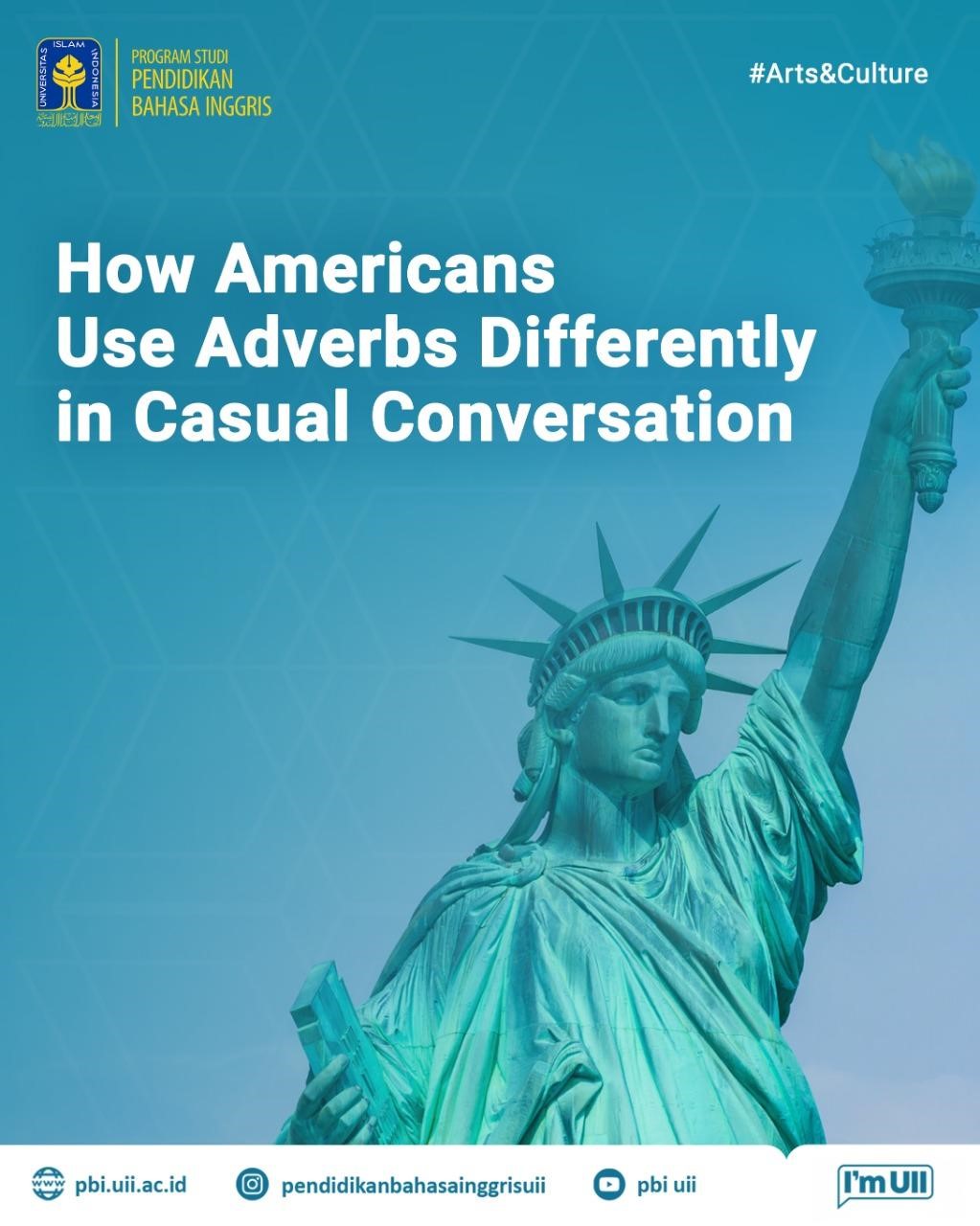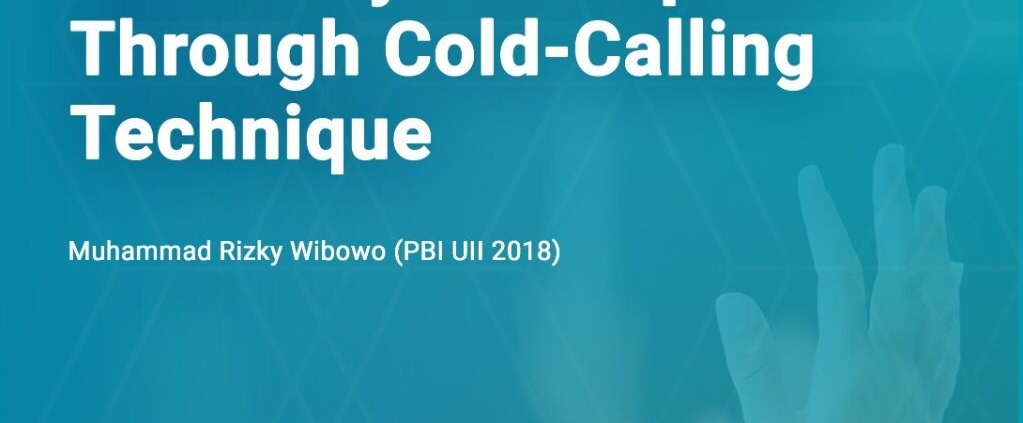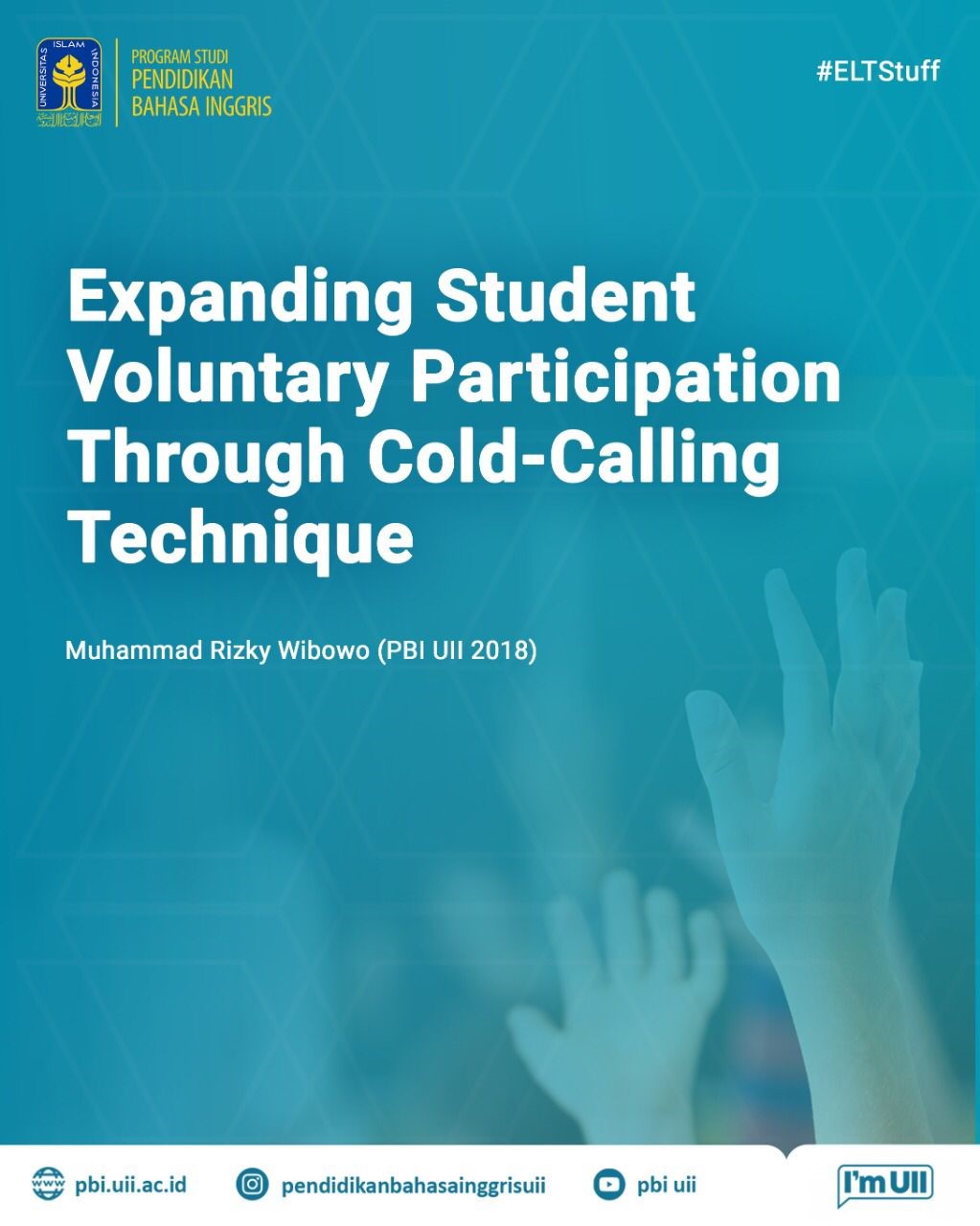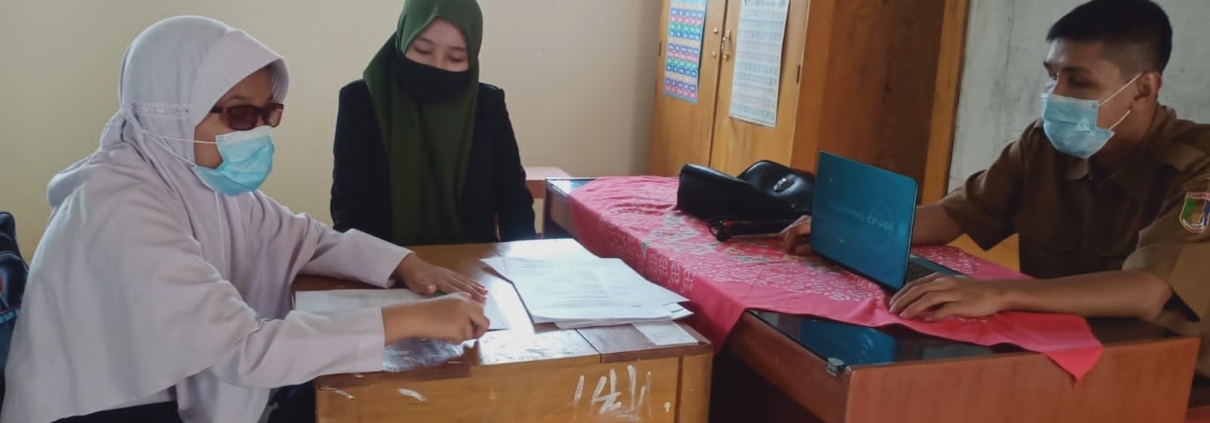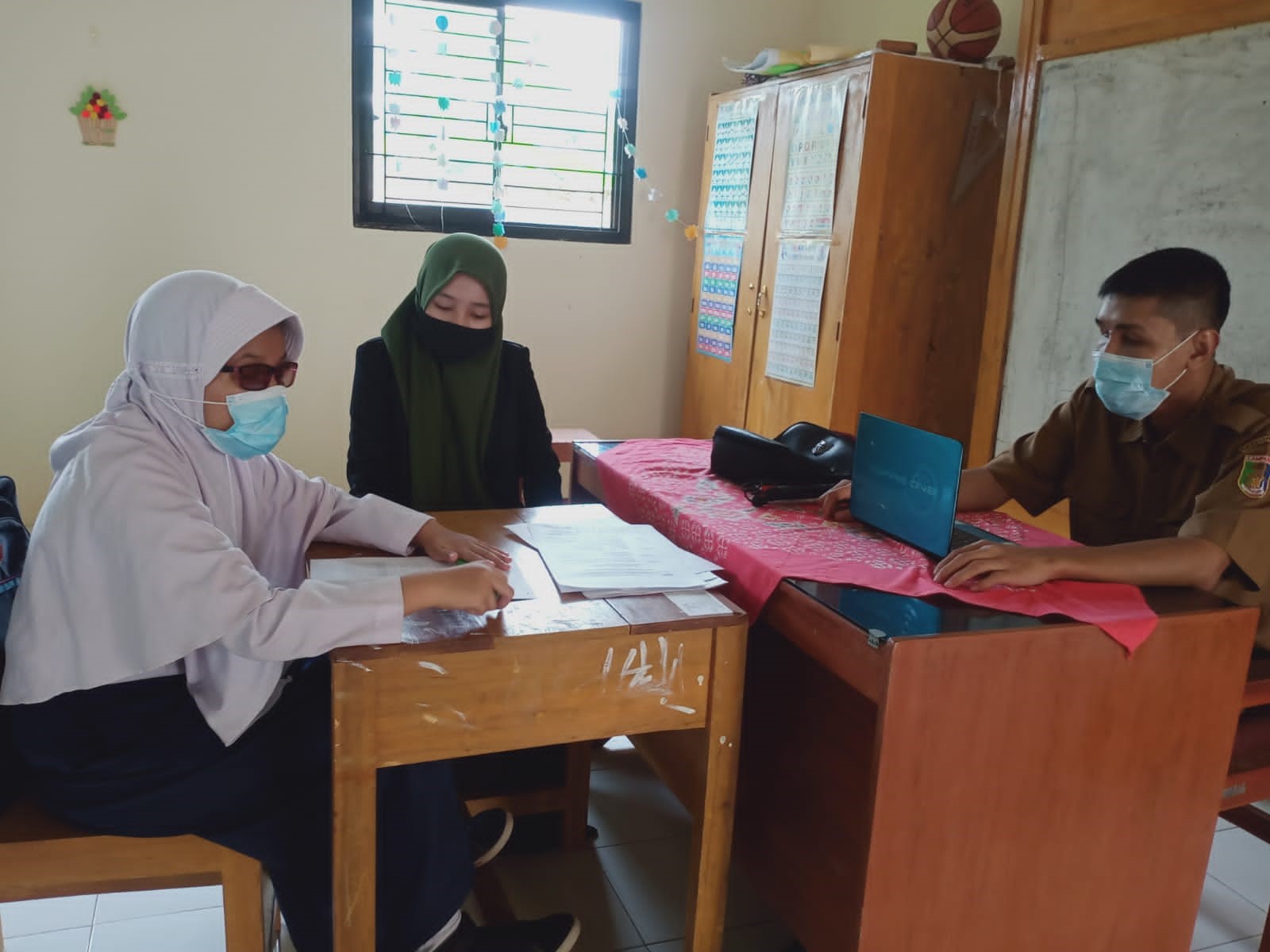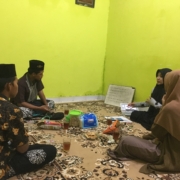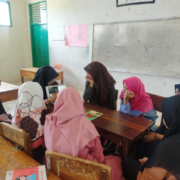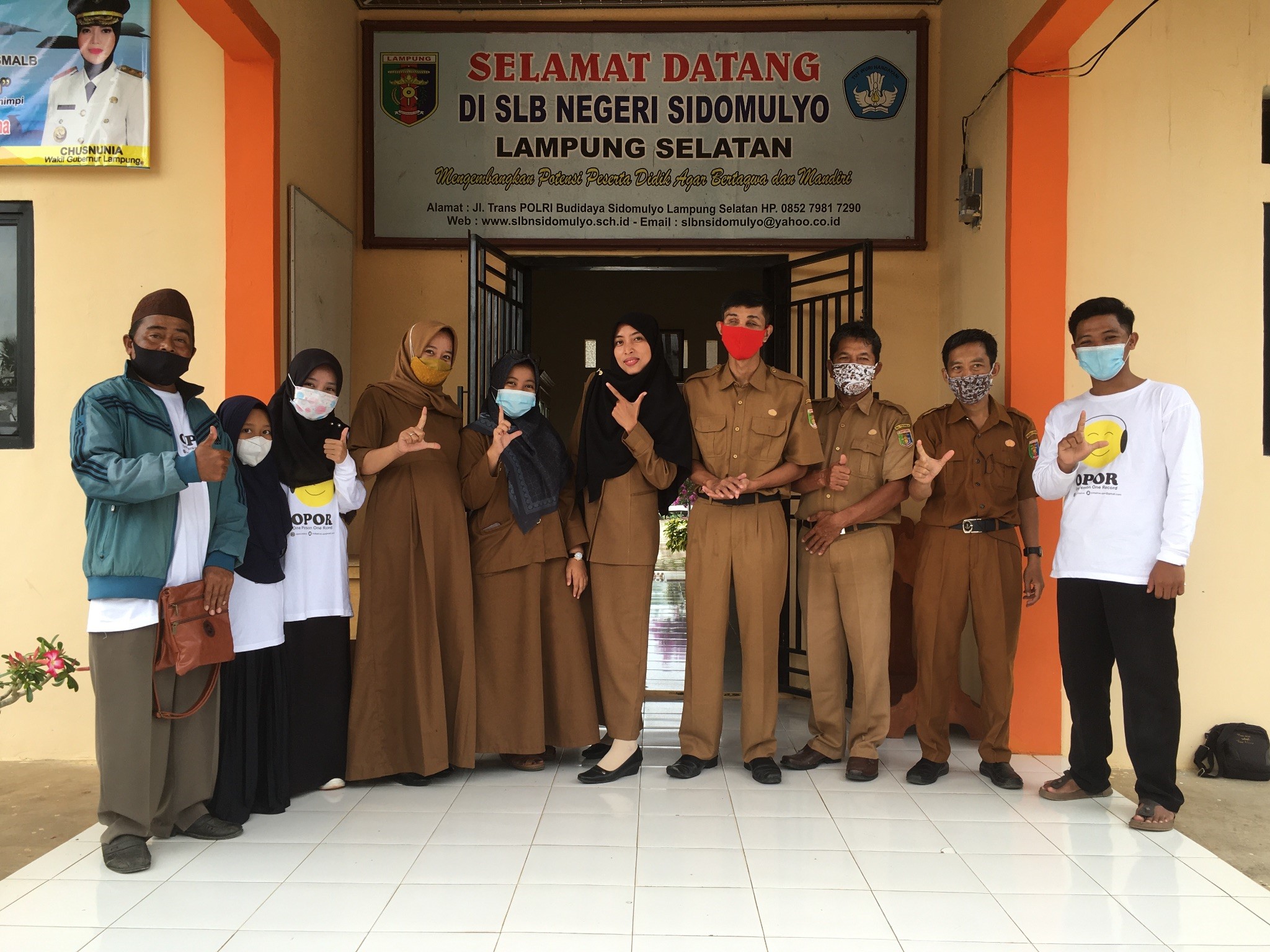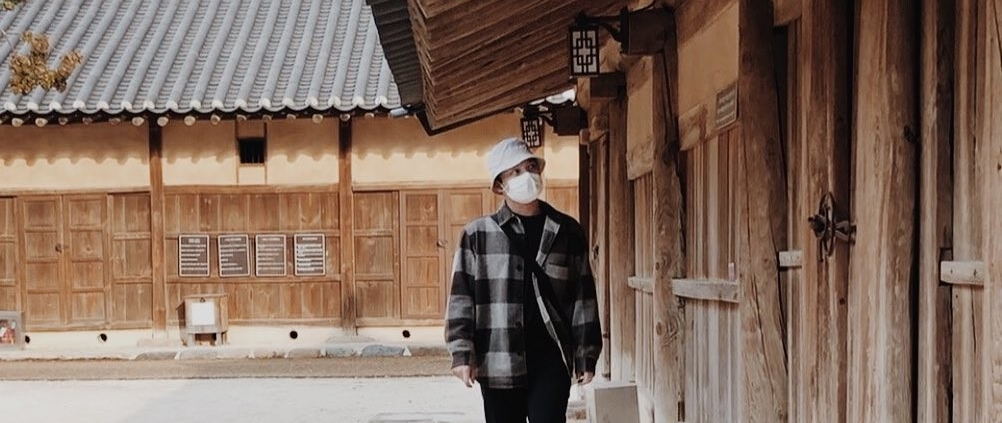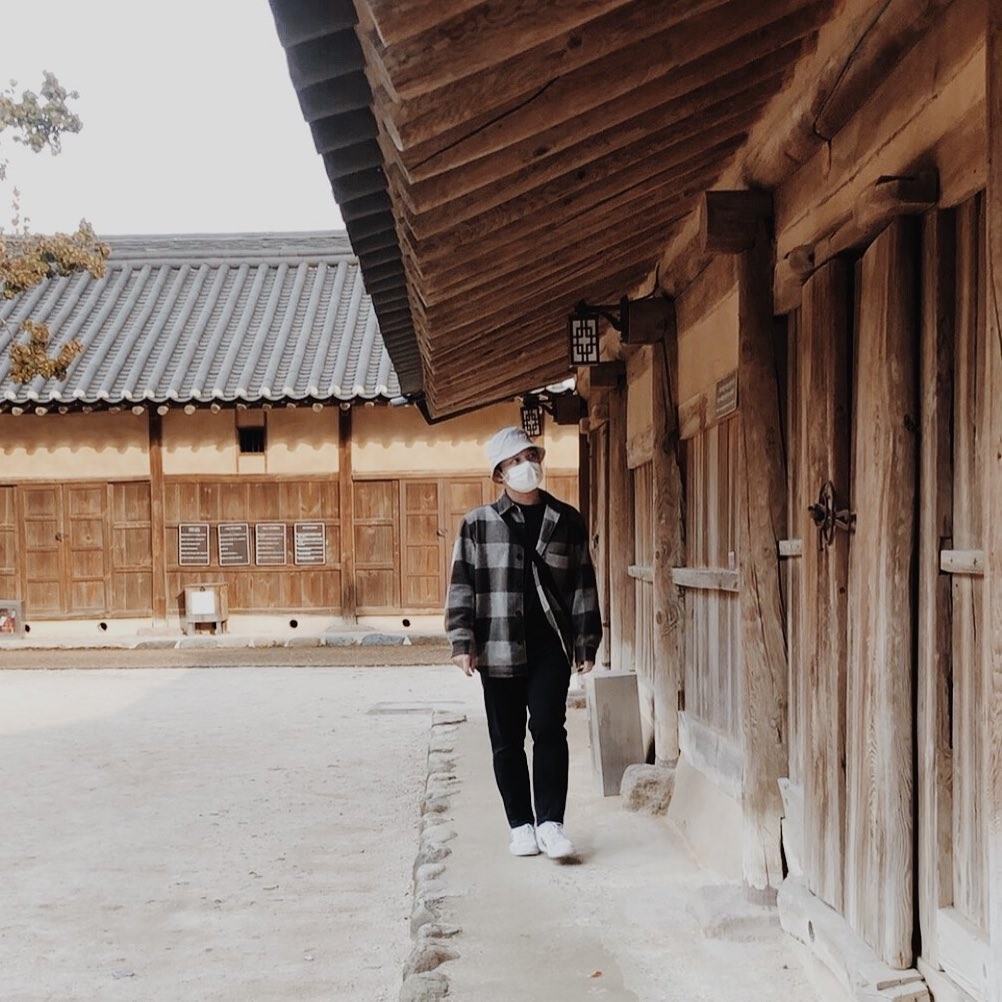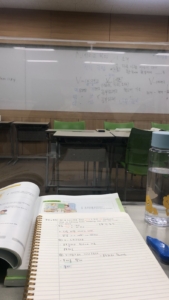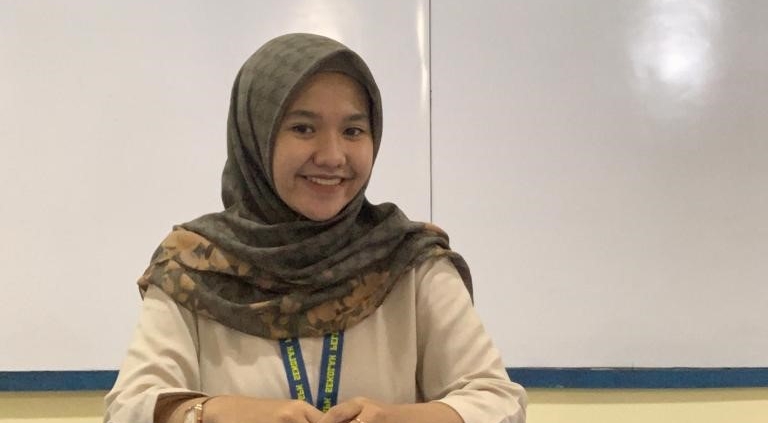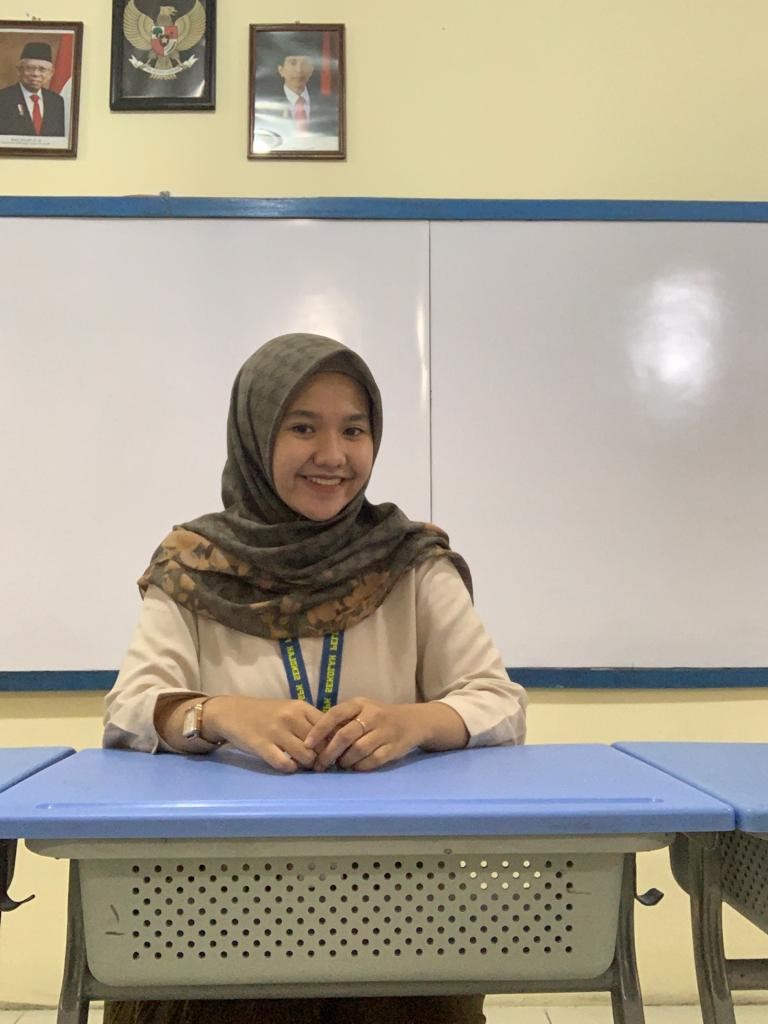Colonialism that occurred in Indonesia had an impact on the Indonesian vocabulary. Some words in Indonesian come from English, Dutch, Mandarin and Portuguese. These several countries have colonized and settled in Indonesia for a certain period, so they provide some foreign words adapted in Indonesian.
One of the adapted word categories is found in Indonesian food names. Even the food was brought by foreigners and assimilated as local food. So what are the names of Indonesian food that originally come from foreign languages?
Here are some Indonesian foods whose names are adopted from foreign languages.
- Bakpia
Bakpia is a food that developed in Yogyakarta and has become one of the specialties of this area. Historically, Bakpia is a food originally from China brought by Chinese immigrants in the early decades of the 20th century. The name Bakpia comes from the Chinese Hokkien dialect, from the words “bak” which means meat, and “pia” which means cake. That implies Bakpia as a cake with meat in it. Over time, the stuffing of bakpia was adapted to Indonesian culture by replacing the contents with green beans.
- Siomay
The name siomay comes from Mandarin “shaomai.” In Cantonese, it is called “siu maai,” while it is known as “shaomai” in the Beijing dialect. Initially, Siomay used minced pork as the main ingredient and wrapped it with thin wheat flour. In Indonesia, Siomay is generally made with mackerel or chicken as the main ingredient and served with peanut sauce. It was popular in the Bandung area, so it’s not surprising that many Somay traders claim the “Siomay Bandung” name.
- Perkedel
Perkedel’s name comes from the Dutch language “frikadel or frikadeller”. This food was brought by the Dutch when they colonized Indonesia. At first, the ingredients for making Perkedel were minced meat and then fried. While in Indonesia, it was made from potatoes and spices as the main ingredients.
- Bistik
Bistik or more popularly called steak is a culinary product resulting from the assimilation of Western and Indonesian cultures. The entry of steak into Indonesia cannot be separated from the colonizers who brought their regional food to Indonesia. The name Bistik is adopted from “Beef Steak” in English, or “Biefstuk” in Dutch which means cow meat. Bistik is usually served with potatoes, peas, and carrots as a compliment.
- Nasi Tim
Nasi Tim is a Chinese-Indonesian acculturated food. However, the Tim name comes from the English word “steam” which means “steamed.” Therefore, Nasi Tim is steamed rice combined with savory seasoned chicken. The Chinese community believed that Nasi Tim served warm can give warmth and restore one’s health.
- Lumpia
This traditional snack is an acculturation between Javanese and Chinese culture that has existed for a long time. The name Lumpia comes from Mandarin “lun or lum” which means soft, and “pia” which means cake. Although Lumpia comes from Chinese culture, the taste has been modified according to the Indonesian taste. In addition, since 2014, Lumpia has been officially recognized as an Indonesian cultural heritage by the United Nations Educational, Scientific, and Cultural Organization (UNESCO).
- Bakso
Bakso was brought by Chinese who came to Indonesia. The origin term of Bakso consists of two syllables, “Bak” which means pork and “So” which means gravy. Literally, in Hokkien Bak-So means “ground meat”. It implies that Bakso is ground pork served with gravy. The Bakso ingredient in Indonesia is meat (cow, chicken, or fish). It is different from the original recipe where pork is the main ingredient.
- Tahu
Tahu was brought to Indonesia by the Chinese in the 10th century AD. The name Tahu comes from the Mandarin “tao-hu or teu-hu”, where tao/teu means soybeans and hu means crushed into porridge. Thus, tofu is a food made from mashed soybeans as a porridge texture.
- Cincau
The term “Cincau” comes from the Hokkien dialect “sinchau” (Chinese: , pinyin: xiancao), which is pronounced among the Chinese in Southeast Asia. On the other hand, Cincau is a type of plant that is used to make jelly. It is helpful in reducing sore throat or fever.
- Permen
The name permen (Indonesian) comes from the Dutch word “papermunt”. It is undeniable that all people will love candy because it tastes good and easy to find, both in traditional markets and supermarkets.
- Sosis
The original name of sausage comes from Latin “Saisus”, which means salted. Then this word was adopted by the British, and America became “sausage”. However, our community has become familiar with this food since the Dutch came to Indonesia with “sausaij”. Whilst, Indonesian tongue is difficult to pronounce correctly. Therefore, the name “sosis” was used by our community to call sausaij.
- Bolu
This term was adopted from Portuguese “bolo rei”, which means “bread”. In the 16th century, the Portuguese arrived in Indonesia to get spices, and they brought a sweet and soft food known as “bolu”. It is made from flour, sugar and eggs, generally cooked by baking in the oven or steamed.
- Bakmi
The name bakmi comes from the Chinese Hokkien dialect “Bak” means meat, while “Mi is” from pinyin Mian (pronounced myen) means noodle. Therefore, bakmi is a term for serving noodles with meat. In Chinese culture, noodles are a symbol of long life, that’s why the Chinese have a tradition of eating noodles during birthday celebrations and Chinese New Year.
- Semur
Semur is one of the Indonesian foods from the Dutch cultural heritage. The term semur comes from the Dutch “smoor” which means stew, or “smoren” which means boil. At the origin, semur is boiled meat with tomatoes and onions as a compliment. Meanwhile, in Indonesia, semur is made not only from meat but also from chicken and jengkol.
- Nastar
Nastar’s name comes from the Dutch word “annanas taart”, which means pineapple tart. Initially this cake used strawberry jam, peaches, or other popular fruits in European countries. However, in Indonesia, the contents of this cake are replaced with pineapple, which is relatively cheap and easier to obtain.
Those are some Indonesian foods that come from foreign languages or acculturation from other countries’ foods.





